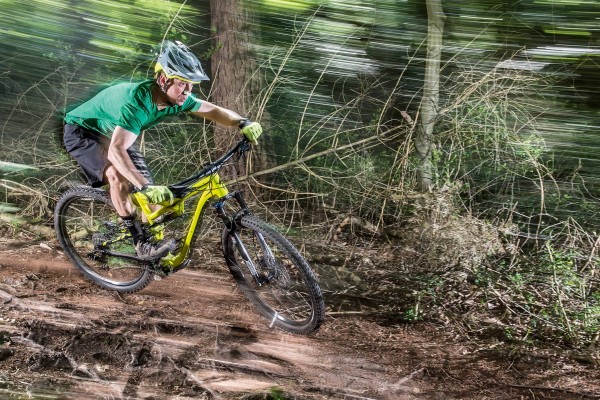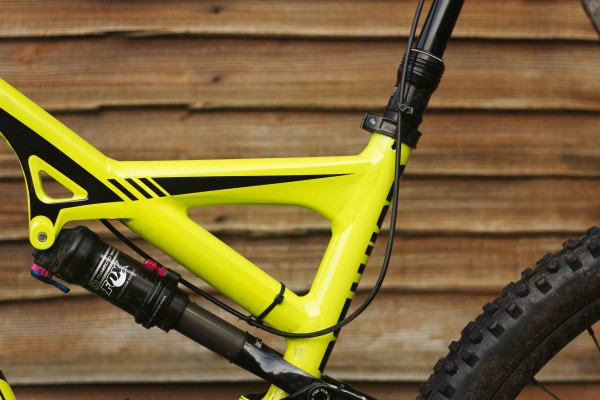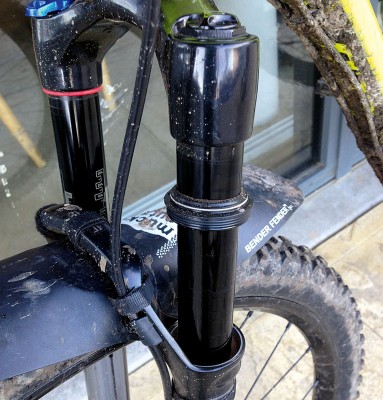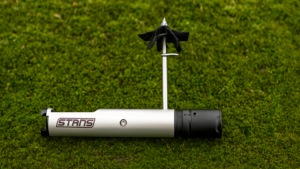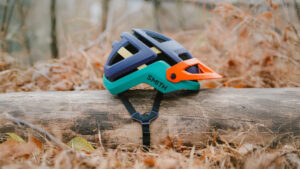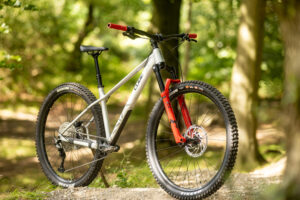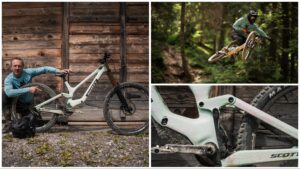After 10 months of tearing up the trails, Danny's Camber Evo gets its final appraisal
Specialized Camber Evo 29 (2015) longterm review
Why it’s here
Bike of the year contender that’s better value than ever before
Need to know
- 120mm travel 29er with aggressive spec and geometry
- Evo model is slacker, lower, longer travel and gets wider bars and fatter tyres
- £200 cheaper for 2015
What attracted you to the Specialized Camber Evo 29?
What didn’t attract me to the Camber Evo?! It’s a bike that missed our illustrious Trail Bike of the Year award in 2014 by a whisker, but bounced back for 2015 with a better spec, a flashy new paint job and a generous discount. After spending most of last year aboard Kona’s Process 111, I also wanted to see how it stacked up against its nearest rival.
Did you change anything straightaway?
After teetering around on tip-toes for the first ride, I hacked a good portion off the 400mm seatpost and swapped the standard 70mm stem for a 30mm stubby. Specialized fits size-specific grips on its bikes, and I downsized to the slimmer versions of the stock Sip Grip.
Specialized’s Command dropper post was added and the front derailleur, front shifter, chainring and Dangler chain tensioner was subtracted. This saved 350g and simplified the drivetrain.
The rims on the Camber Evo are tubeless-ready as standard, and it comes with tubeless valves, so making the switch was easy. Finally, a couple of volume spacers added to the RockShox Reba fork allowed me to run slightly lower pressures — for improved grip — without bottoming out excessively.
Was the bike easy to set up?
Specialized’s Autosag system made getting started a doddle. I ran the compression damping in the open setting 99.9 per cent of the time — the other 0.1 per cent I had knocked the blue lever by accident when removing my water bottle.
How did it ride?
If you have any preconceptions of short- travel 29ers being nervous, uninspiring and purely aimed at the Lycra set, I implore you to have a ride on the Camber Evo. It got me into, and more importantly out of, situations that should be well above its pay grade.
With a dinky stem, a low bottom bracket and meaty Butcher front tyre, it corners brilliantly and changes direction with total immediacy. And while it’s short on travel, there’s no shortage of grip from the rear suspension.
In fact it’s one of the most active systems on the market. Yes, it’s pretty easy to bottom out, but it still puts the power down without too much bobbing and the long chainstays give great traction on steep climbs.
Did anything break or wear out?
On a particularly cold day at BikePark Wales, air leaked from the spring leg into the lowers, rendering the RockShox Reba fork all but unrideable until it blew the left dust seal out.
Elsewhere, the headset and bottom bracket bearings are now due replacement. But, with 455 miles on the clock, everything else is still going strong.
If you could change one thing about your longtermer what would it be?
I’d like to see Specialized fit shorter stems as standard; something like a 40mm would really suit this bike and unlock its potential from the get-go.
Would you buy this bike and why?
Short-travel 29ers are hugely underrated. Done well, they are some of the most stimulating and rewarding bikes on the market. Riding the Kona Process 111 last year confirmed that to me and,
in terms of suspension performance and rider engagement, Specialized’s Camber Evo raises that bar even further. Would I buy one? You bet I would.
>>> Click here to find out more about geometry with our handy guide
 Stay tuned for further updates, or follow the progress of our longterm fleet every month in the magazine.
Stay tuned for further updates, or follow the progress of our longterm fleet every month in the magazine.




